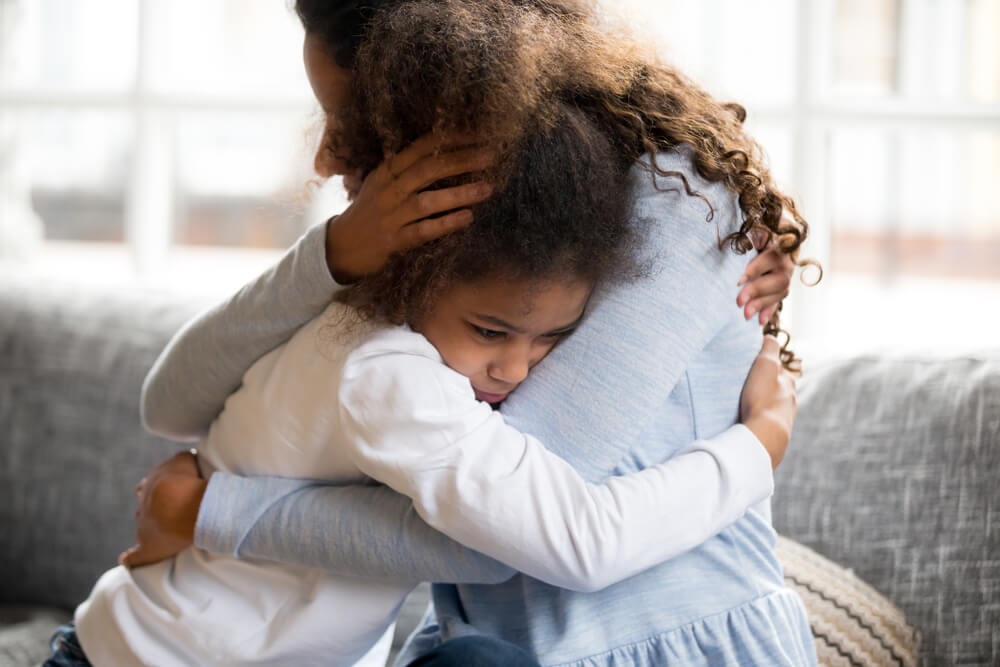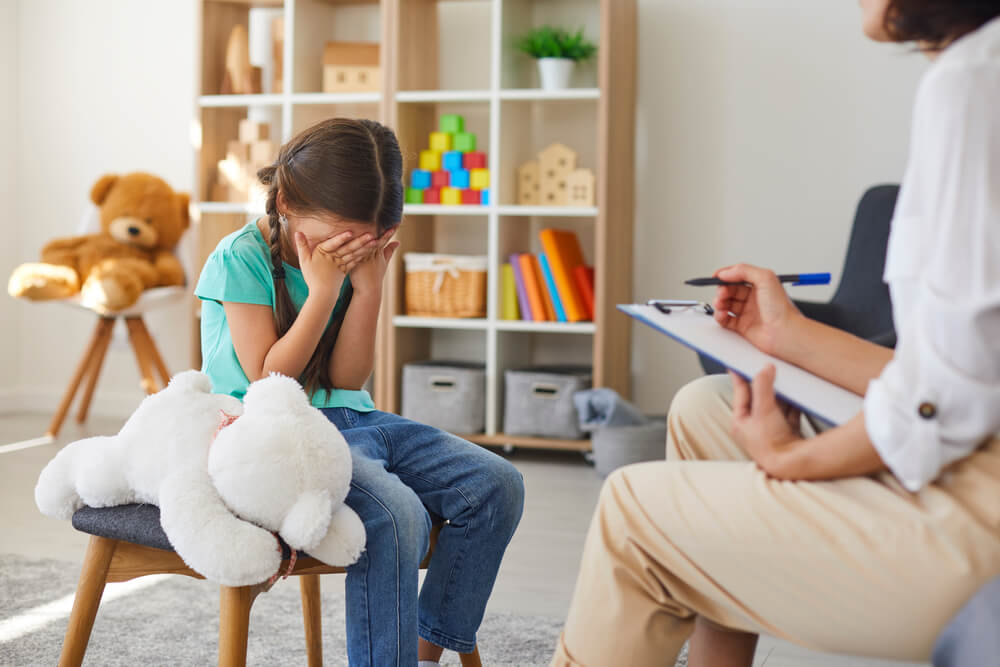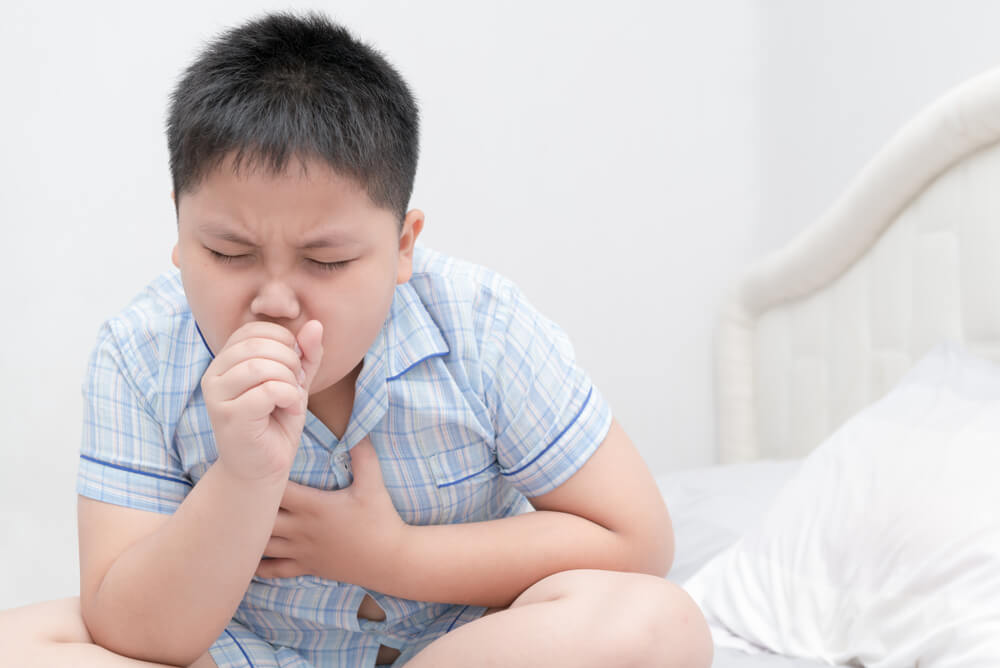When you see your sad child suffering from shortness of breath, it can be a terrifying experience. A lot of people believe that if you have shortness of breath, there must be a physical issue that is causing this problem. However, mental health often affects your physical health, and it is one of the most common signs of depression and anxiety.
If you are looking to find out how to tell if shortness of breath is from anxiety in your child and the different child anxiety treatments that are available, take a look at this article below.
What Are the Causes of Shortness of Breath?
Anxiety often causes the person to feel agitated, irritable, and unable to think clearly. This often leads to them feeling panicked, causing their heart rate to increase, sweating and chest pain to occur, and an overall feeling of fear. This causes those with anxiety to have rapid breathing, which then leads to shortness of breath.
But why is this the case? The brain senses when fearful situations are occurring and attempts to solve this with its own ‘fight or flight’ reaction. It does this by increasing the activity in the organs, pumping blood up to that area quickly, and getting the body ready for whatever may occur.
To provide a sufficient amount of oxygen to the muscles, the brain will signal that individuals should breathe quicker in order to do this. When all of this happens, shortness of breath occurs.
How Can I Tell If I Have an Anxious Child?

Many parents often want to find out how to tell if shortness of breath is from anxiety. It can sometimes be hard to figure out if you have an anxious child or they have other issues.
As we’ve mentioned earlier, shortness of breath is one symptom, but there are many other symptoms of anxiety. This can range from strictly physical symptoms to psychological.
A dry mouth is one of the most prominent physical symptoms found in an anxious child, along with dizziness and sweating. In more severe cases, they may suffer from chills, nausea, diarrhea, and shaking when doing something they find anxious.
Psychological symptoms range from feeling like they are losing control, to agitation and having constant frightening thoughts and memories. On top of this, it is common for anxious and sad children to suffer from confusion, poor memory, and to have difficulty in speaking.
If your sad child has any of these symptoms on top of shortness of breath, it would be a good idea to see a doctor as there is a good chance that they have anxiety.
How to Minimize the Effects of an Anxiety Attack
After figuring out how to tell if shortness of breath is from anxiety, you now have to work out how to minimize the effects of an anxiety attack.
When your sad child is having an anxiety attack, the first thing you should tell them is to concentrate on their breathing. By concentrating on their breathing, they can calm down, and better control it to get more oxygen into their lungs.
There are many relaxation methods available to provide relief to an anxious child with shortness of breath. Diaphragmatic breathing is a great example of this and is where you deeply breathe in and out by contracting your diaphragm and extending your stomach. Doing this slows down the breathing rate, reduces the amount of oxygen that is needed, and makes it easier to breathe properly.
It is proven to help reduce anxiety and provide more emotional balance in some patients.
Other ways to minimize these effects include grounding techniques. One popular grounding technique is where you hold a body part and slowly let go, focusing on the feeling of letting go of the body part.
Distractions are another way to calm your child down. Look around the room and get them to focus on different parts to distract them adequately.
Exercise has often been shown to reduce anxiety attacks. Due to the amount of energy that is being built up by your body working overtime to dispel the anxiety, going for a run may reduce this, as it gets the oxygen flowing properly while distracting the mind from the pressure, calming the body down.
Shocking yourself often works, and many therapists recommend it. Simply put your head in a bowl of ice-cold water to provide a shock, stopping frightening thoughts from spiraling.
If your anxious and sad child is suffering from shortness of breath, there are a few other things to try to reduce the amount of breath lost. Think about what triggers the anxiety attack.
The more your child thinks about what causes shortness of breath, the easier it is for them to avoid it, reducing the number of anxiety attacks they get. Try and get them to write in a diary all the thoughts they experience just before the attack to accurately pinpoint the cause. However, these are only short-term tips. For longer-lasting recommendations, speak to a doctor.
Should My Child See a Doctor?
Everyone feels some form of anxiety now and then, but for some, it can get in the way of living a normal life. In fact, 3.1% of US citizens are affected by GAD (generalized anxiety disorder), and it appears less in males than in females.
Do your sad children experience panic attacks? In America, 2-3% encounter some form of panic disorder in a year. Although it is more common in adults over 20, sad children also experience some forms of panic disorders.
If you see your sad children suffering from shortness of breath and believe they may have some form of teen depression or anxiety, they should see a doctor.
Doctors will know how to tell if shortness of breath is from anxiety.
They will first check for physical causes, such as if they lung or heart problems.
Once it has been confirmed that the patient doesn’t have these problems, the doctor will then start screening for GAD (generalized anxiety disorder) and panic disorders.
After a successful diagnosis, there are a variety of treatments available to treat anxiety.
Child Anxiety Treatment

Doctors can prescribe child anxiety treatment both long-term and short-term.
For short term treatment for teens and anxiety, the following medications may be prescribed:
- Valium (Diazepam)
- Ativan (Lorazepam)
- Xanax (Alprazolam)
- Klonopin (Clonazepam)
These types of child anxiety treatment options are known as benzodiazepines. They provide immediate relief from anxiety symptoms, with some working 30 minutes after being applied.
Doctors also prescribe SSRIs, also known as antidepressants, for helping calm anxiety symptoms.
For long-term child anxiety treatment, your child may need to undergo CBT (cognitive behavioral therapy) or other types of psychotherapy. These solutions take much longer to be effective but are extremely good at solving the problem once completed. This is done by changing the way their brain behaves, stopping it from triggering anxiety as often.
Get Child Anxiety Treatment Today
If your child suffers from shortness of breath from anxiety, it’s a good idea to see a doctor.
At Ana HPMD, we have the best pediatrician in Miami, Dr. Ana Hernandez Puga, who has worked with children in the Miami, Florida area since 1997. She has lots of experience and knowledge in helping treat children who suffer from shortness of breath due to anxiety and depression. Book an appointment with us today.




